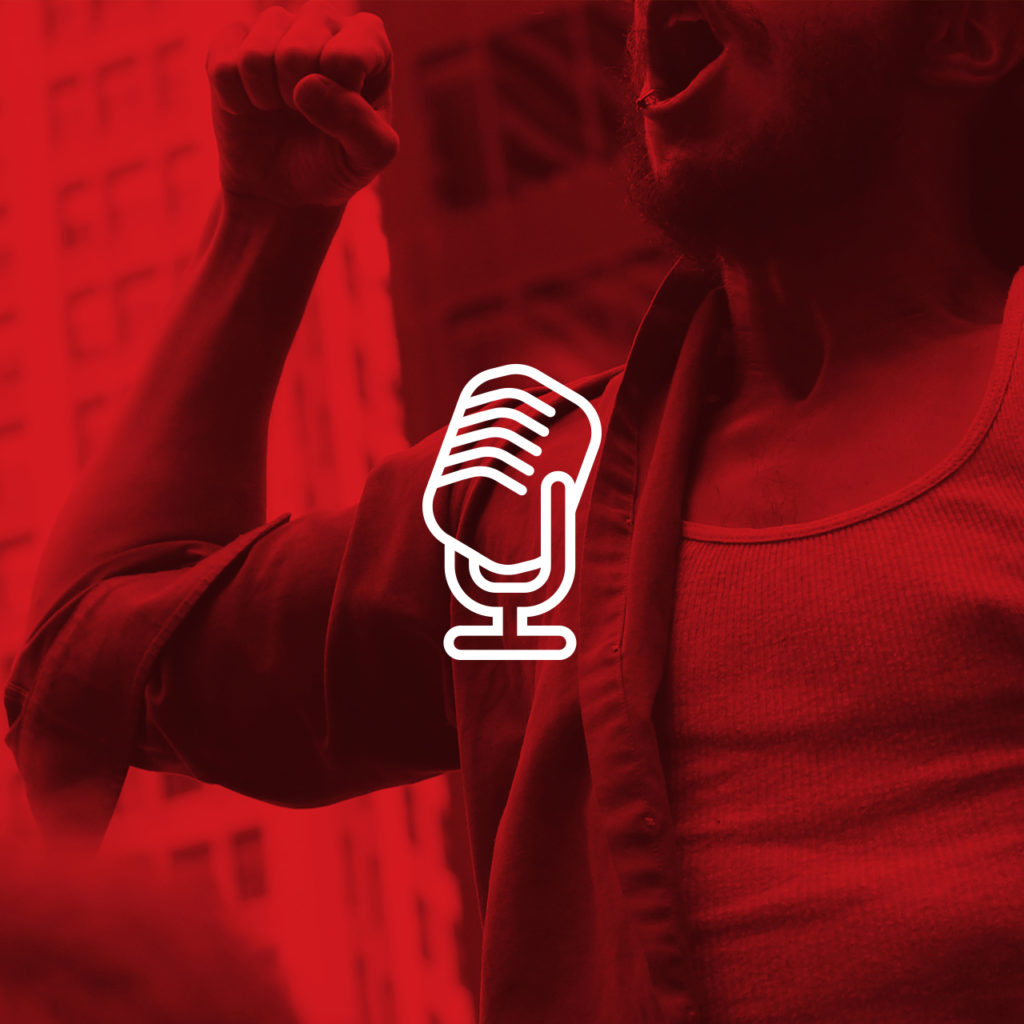
This post was written by Access’ Asia Consultant, Raman Jit Singh Chima
Earlier today, the Supreme Court of India released a landmark judgment in the case of Shreya Singhal. The ruling capped a long series of intense hearings in a constitutional case that started in early 2013, after widespread press and public outrage in India triggered by several instances of police agencies prosecuting individuals for flimsily defined “grossly offensive” or “annoying” messages. Many of these prosecutions involved instances of criticism of local political or business figures — in essence punishing individuals merely for using the internet and social media to express their opinions.
The prosecutions snowballed into a wider call for constitutional review of several provisions of India’s Information Technology Act on the grounds that they violated civil liberties — concerns which had led to protests and calls for reform since the end 2008.
Broadly, the Indian Supreme Court was to asked to rule on the following three areas:
- Whether the internet’s wide reach justifies a more flexible standard on criminalizing online communications and social media expression (The most well known of the challenges in the press — Section 66A of the Information Technology Act.)
- Intermediary liability regulations targeting online platforms (Section 79(3)(b) and the 2011 intermediary guidelines issued in 2011 aimed at encouraging take-downs of content.)
- Granting wide website blocking powers to the government without clear independent review or transparent processes (a 2008 amendment to the IT Act which granted blocking powers to the Government, and process rules for it issued in 2009 and 2010.)
In extremely positive news, the court issued a forceful judgment in favor of upholding and advancing the free expression rights of Indian citizens online. The court struck down Section 66A in its entirety as unconstitutional, and restrictively interpreted Section 79 and its regulations — requiring that takedowns of content could only be sought via court orders or government demands against restricted grounds specified in the constitution.
Unfortunately, the Supreme Court chose to not rule against the current website blocking legal regime, saying that the safeguards in the law and its procedure did not appear to violate fundamental rights. This part of the decision is concerning, given that the existing website blocking regime had been often criticised as lacking independent oversight and transparency.
Besides the specific challenges at play, it is important to keep in mind that the court’s ruling represents the first time that India’s apex court issued a substantive ruling on internet freedom and the need to protect and advance digital rights. For over 200 million internet users in India, the Supreme Court has batted for the principle that the ability of citizens to express themselves on the internet is critical for free speech and the functioning of what many call the world’s largest democracy.
photo credit: Meena Kadri
